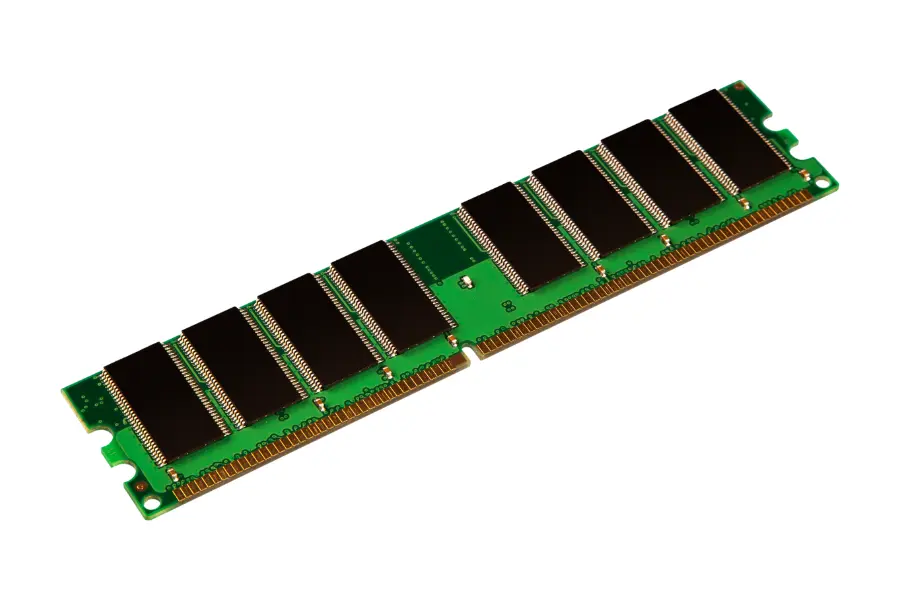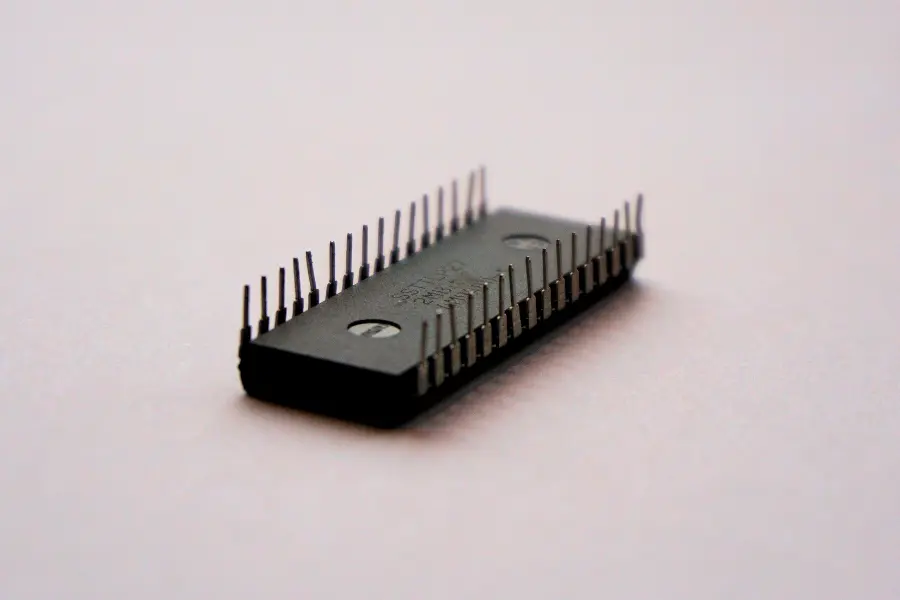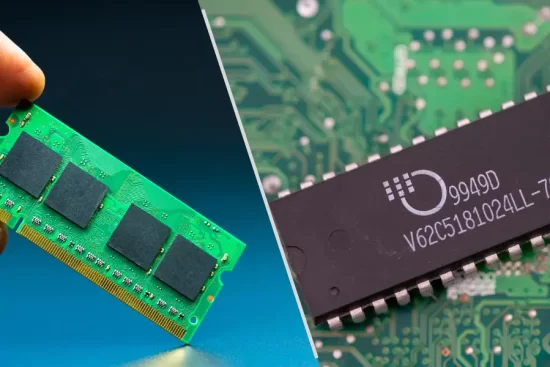Your computer likely uses two kinds of memory chips: Static RAM (SRAM) and Dynamic RAM (DRAM). These chips serve different purposes due to their cost i.e., Static RAM is a lot costier than dynamic RAM. In this article, we will be looking at the difference between Static RAM and Dynamic RAM, How this RAM works, and why they have been given such names.
What is Dynamic RAM (DRAM)?
Have you ever saw the device attached to your computer?

Most probably yes, if you have basic idea about the computer. It’s the same device whom we normally say RAM. Yes that is 100% true that it is a RAM, but its a Dynamic RAM (DRAM).
Dynamic RAM (DRAM) is the most common type of memory used in computers nowadays. DRAM consists of tiny components called transistors and capacitors. These devices work together to store information in the form of bits.
We know that everything that’s stored in the computer is in the form of Binary (i.e, 1 and 0). The Capacitor is like a small bucket that holds electrons to represent a 1 and empties them to represent a 0. However, there’s a catch – the capacitor has a leak and tends to lose its charge over time.
To prevent losing information, DRAM needs to be refreshed constantly. The Memory controller, which is part of the computer’s brain, reads and writes the information back thousands of times per second to keep the capacitors charged. Because of this continuous refreshing, it is called “Dynamic” RAM.
The downside of this refreshing process is that it takes time and slows down the memory. The latest standard for dynamic RAM is called DDR5, and it allows for up to 512 gigabytes of memory on a single chip. It also offers faster data speeds and better energy efficiency compared to earlier RAM standards.
Now lets talk about Static RAM (SRAM).
What is Static RAM (SRAM)?

Static RAM (SRAM) is quite different from dynamic RAM (DRAM). It contains a special thing called a flip-flop which holds each bit of memory. It’s like a tiny switch that stays in its position without needing to be refreshed, which makes SRAM faster than DRAM. However, this flip-flop needs more parts, like four or six transistors and some wiring, and it takes up more space on a chip.
Because SRAM has more parts and takes up more space, you get less memory on a chip compared to DRAM. That’s why SRAM is more expensive. Static chips usually hold only 1 megabyte of memory or less, while modern DRAM sticks can hold several gigabytes. Another plus is that SRAM uses less power than DRAM.
Conclusion
Static RAM is fast but expensive, while Dynamic RAM is slower but less expensive. That’s why static RAM is used for the CPU’s quick cache, and dynamic RAM is used for the larger system RAM space.
Just for the Information, There’s also something in between called Pseudo-static RAM.
What is it?
It’s built like Dynamic RAM but has a special integrated memory controller on its circuit board. This gives it a speed advantage over dynamic RAM while keeping the cost lower. Pseudo-static RAM often replaces the expensive static type in things like mass-produced mobile phones, smart devices, and automotive computer modules.
Hope you liked this article. Don’t forget to check more of such Tech topics on ConceptDive.














